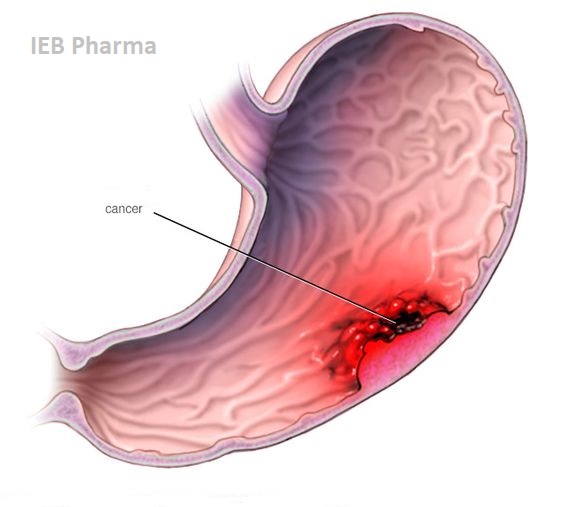Small molecules, which are generally described as organic compounds with low molecular weight. What are three have a number of essential properties that set them apart and make them useful in a variety of applications, most notably chemical biology and drug development. Three general attributes of tiny molecules are as follows:
1. Low molecular weight
Small molecules are primarily distinguished by their low molecular weight, which is often less than 900 daltons. Their small size allows them to easily diffuse across cell membranes, making them particularly efficient intracellular targets. They may interact with a variety of biological macromolecules, including proteins, lipids, and nucleic acids, thanks to their small size. They often do this by attaching to particular active sites or allosteric sites. Being able to infiltrate cells and alter biological processes is made easier by this characteristic, which is essential to their function as medications.
2. A Wide Range of Chemical Variations
The great chemical diversity of small molecules is reflected in Avatropag 20 Mg (Avatrombopag Maleate) the diversity of their structures and functional groups. Because of this diversity, a vast range of molecules with particular characteristics and biological functions can be designed and synthesized. Because of their conformational adaptability, medicinal chemists can modify the chemical structure of small molecules to enhance their potency, selectivity, and pharmacokinetic properties. This flexibility is a major advantage for drug discovery. Allows scientists to develop compounds that specifically target disease-related proteins and have few off-target effects.
In addition to enzyme activity, other proteins act as receptors, ion channels, activators or modulators. What are three due to its adaptability it can be used in various therapeutic contexts such as cancer, infectious diseases, cardiovascular conditions and neurodegenerative diseases.
3. Oral Bioavailability
Many small molecules are designed to be orally bioavailable, meaning they can be effectively absorbed when taken by mouth. This feature is particularly advantageous in drug development. Oral administration is generally more convenient for patients than other routes of administration. and acceptable, such as intravenous IEB Pharma or intramuscular injection. Oral bioavailability is the stability of the molecule in the gastrointestinal tract. depends on several factors including its ability to penetrate the intestinal epithelium and its metabolic stability. Lipinski’s Rule of Five is often used as a guideline for designing orally bioavailable small molecules. That said, they should typically have no more than five hydrogen bond donors, no more than ten hydrogen bond acceptors, a molecular weight of less than 500 daltons, and a logp. (octanol-water partition coefficient) less than 5.
Third, Bioavailability Oral
In summary
In conclusion, the low molecular weight, great chemical diversity, and oral bioavailability of small molecules are their distinguishing features. They are very useful and adaptable as chemical probes in research and as medicinal medicines because of their qualities. Their importance in contemporary medicine and biotechnology is their versatility in biological targets. Highlighted by ease of chemical modification and ease of oral delivery. These properties make small compounds novel drug discoveries. The study of biological systems allows both to be of great importance.



